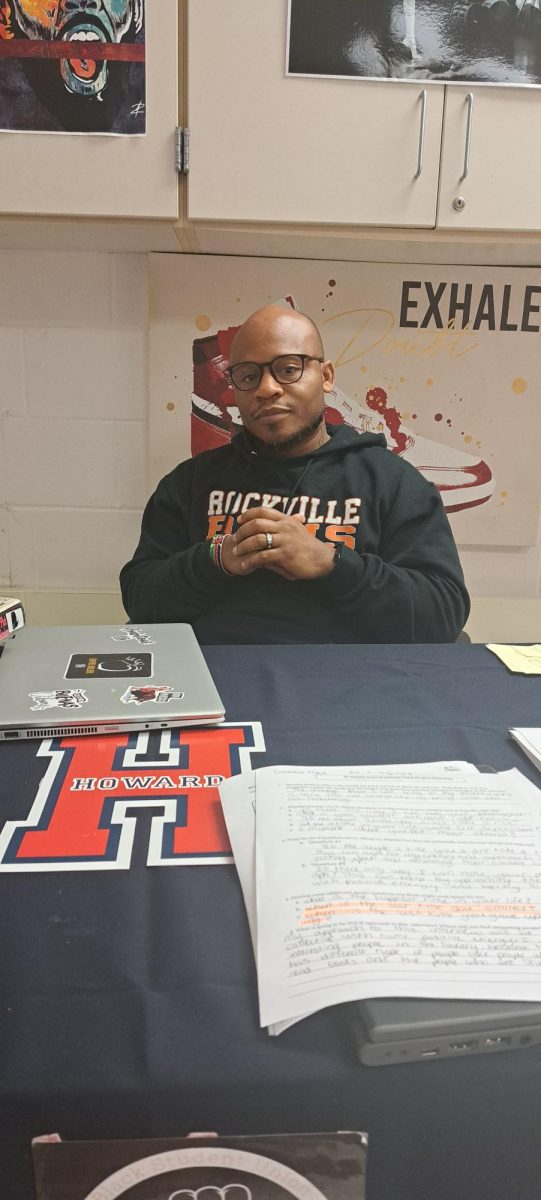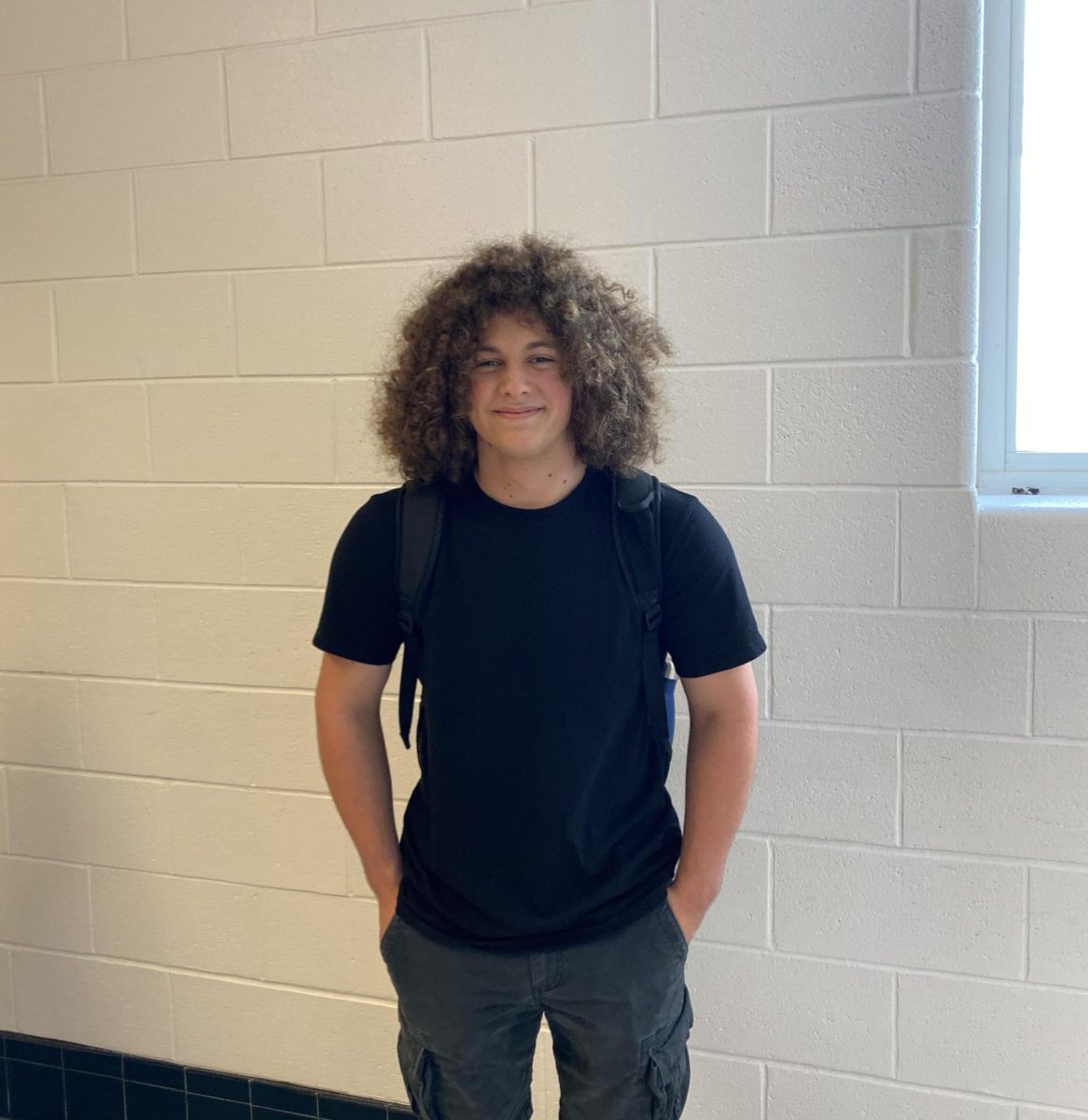Senior Nathalie Heredia has a deep connection to the punk and rock music subcultures.
Heredia described her subculture as “louder than other music” and “raging,” with an intensity that separates it from mainstream genres like rap or pop. What initially attracted her to this music was its uniqueness.
“It’s different and not a lot of people listen to it,” Heredia said.
This type of music has also helped her embrace herself. Before discovering punk and rock, Nathalie’s music taste was calmer, but her beginning in this scene has expanded her music taste, both musically and personally.
The punk music scene offers a sense of community, especially at live shows where. These shows help bring together people who might otherwise feel different, and they can help provide an outlet for addressing themes of rebellion and anger.
“Not only do I get to see the performer, but I also get to see the fans that like the same music as me,” Heredia said.
A key element of this subculture is the pit, where fans participate in moshing, a kind of dance where people let loose, expressing their emotions through physicality. Heredia describes the pit as crazy, but notes that the physicality stays there; overall, the community maintains a friendliness outside of these intense moments.
For Heredia, the influence of punk and rock extends beyond just music. The lyrics often serve as a source of comfort during difficult times.
“If I’m feeling this way, I can listen to the music, and I guess it’ll make me feel better,” she said. The mix of positive and negative messages in the lyrics reflects mental health and coping, offering fans a space to process emotions.
Despite the intensity of the subculture, Nathalie emphasizes its diversity in both fashion and personality. Some fans appear basic while others fully embrace alternative or grunge styles.
“Not everyone looks the same,” Heredia said. “It’s all about being yourself.”









